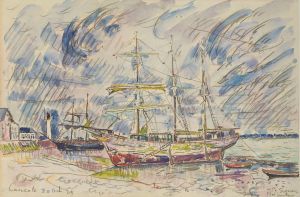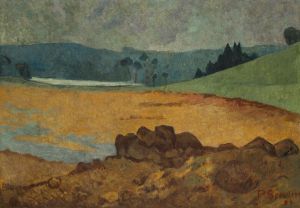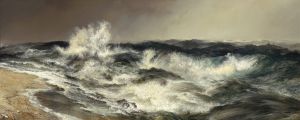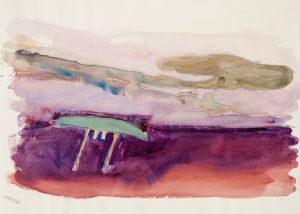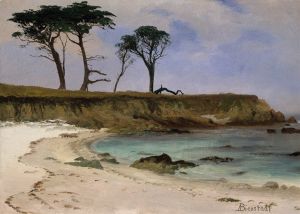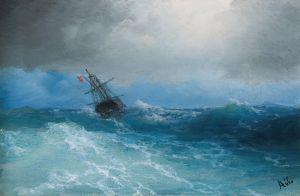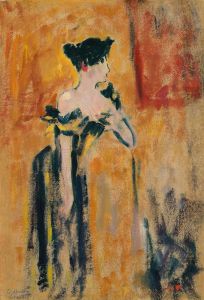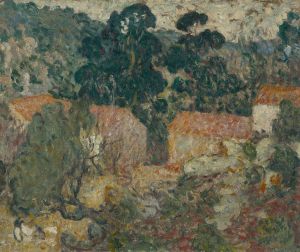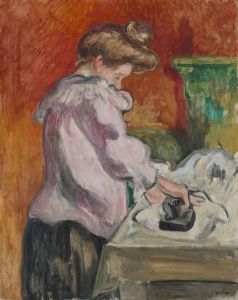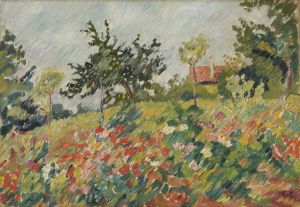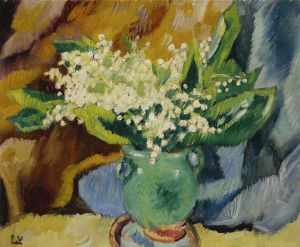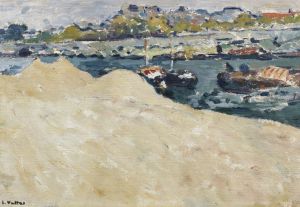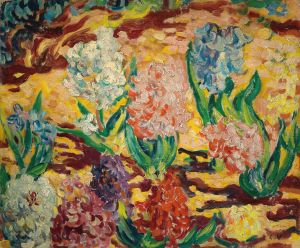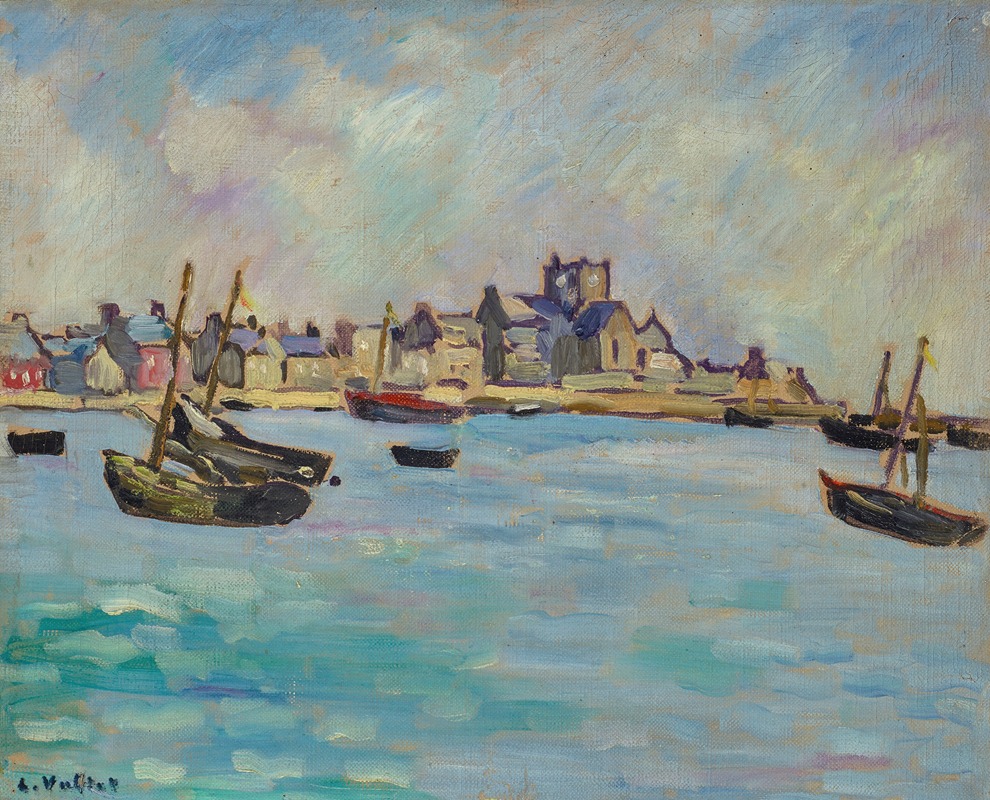
Marine
A hand-painted replica of Louis Valtat’s masterpiece Marine, meticulously crafted by professional artists to capture the true essence of the original. Each piece is created with museum-quality canvas and rare mineral pigments, carefully painted by experienced artists with delicate brushstrokes and rich, layered colors to perfectly recreate the texture of the original artwork. Unlike machine-printed reproductions, this hand-painted version brings the painting to life, infused with the artist’s emotions and skill in every stroke. Whether for personal collection or home decoration, it instantly elevates the artistic atmosphere of any space.
Louis Valtat was a French painter associated with the Fauvist movement, known for his vibrant use of color and innovative approach to form. Born in 1869 in Dieppe, France, Valtat studied at the École des Beaux-Arts and later at the Académie Julian in Paris, where he was influenced by the works of the Impressionists and Post-Impressionists. His career spanned the late 19th and early 20th centuries, a period marked by significant developments in modern art.
"Marine" is one of Valtat's works that exemplifies his unique style, characterized by bold colors and dynamic compositions. While specific details about the painting "Marine" are limited, it is consistent with Valtat's broader body of work, which often includes landscapes, seascapes, and scenes of everyday life. Valtat's paintings are noted for their expressive use of color and light, which he used to convey emotion and atmosphere rather than to depict reality accurately.
Valtat's approach to painting was influenced by his contemporaries, including Paul Signac and Pierre-Auguste Renoir, with whom he shared a friendship. His work also shows the influence of the Fauvist movement, which emphasized painterly qualities and strong color over representational or realistic values. Fauvism, which emerged in the early 20th century, was characterized by its radical use of color and brushwork, and Valtat's work often reflects these principles.
Throughout his career, Valtat exhibited his work in various salons and galleries, gaining recognition for his contributions to modern art. His paintings were displayed alongside those of other prominent artists of the time, and he was part of the vibrant artistic community in France that included figures like Henri Matisse and André Derain. Despite being associated with Fauvism, Valtat maintained a distinct style that set him apart from his peers, blending elements of Impressionism and Post-Impressionism with his own innovative techniques.
Valtat's "Marine" likely captures the essence of the sea through his characteristic use of vivid colors and dynamic forms. While specific information about this painting is scarce, it can be inferred that it embodies the qualities that define Valtat's oeuvre: a focus on color, light, and the emotional impact of the scene. His seascapes often depict the interplay of light on water, using color to evoke the movement and energy of the sea.
Louis Valtat continued to paint until his death in 1952, leaving behind a legacy of work that continues to be celebrated for its contribution to the development of modern art. His paintings are held in various public and private collections, and his influence can be seen in the works of later artists who embraced color and form as primary elements of expression. While "Marine" may not be as widely known as some of his other works, it remains a testament to Valtat's skill and vision as an artist.





